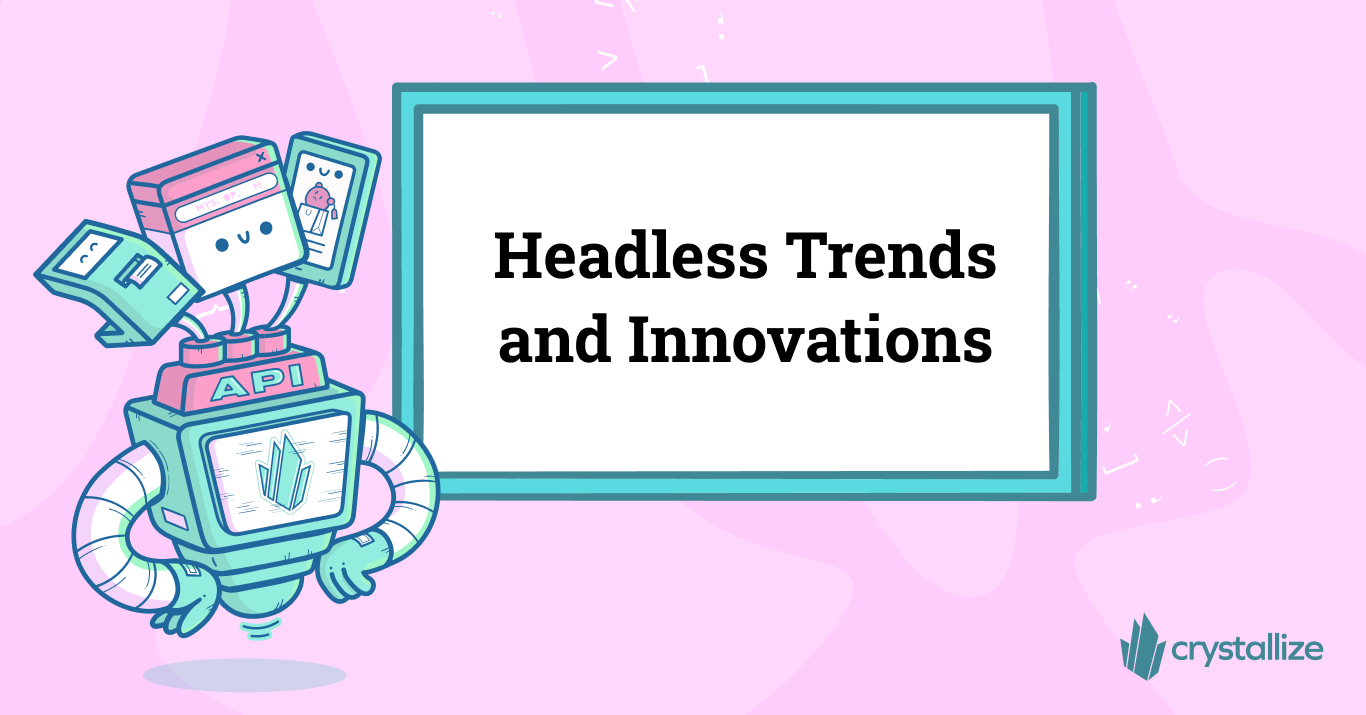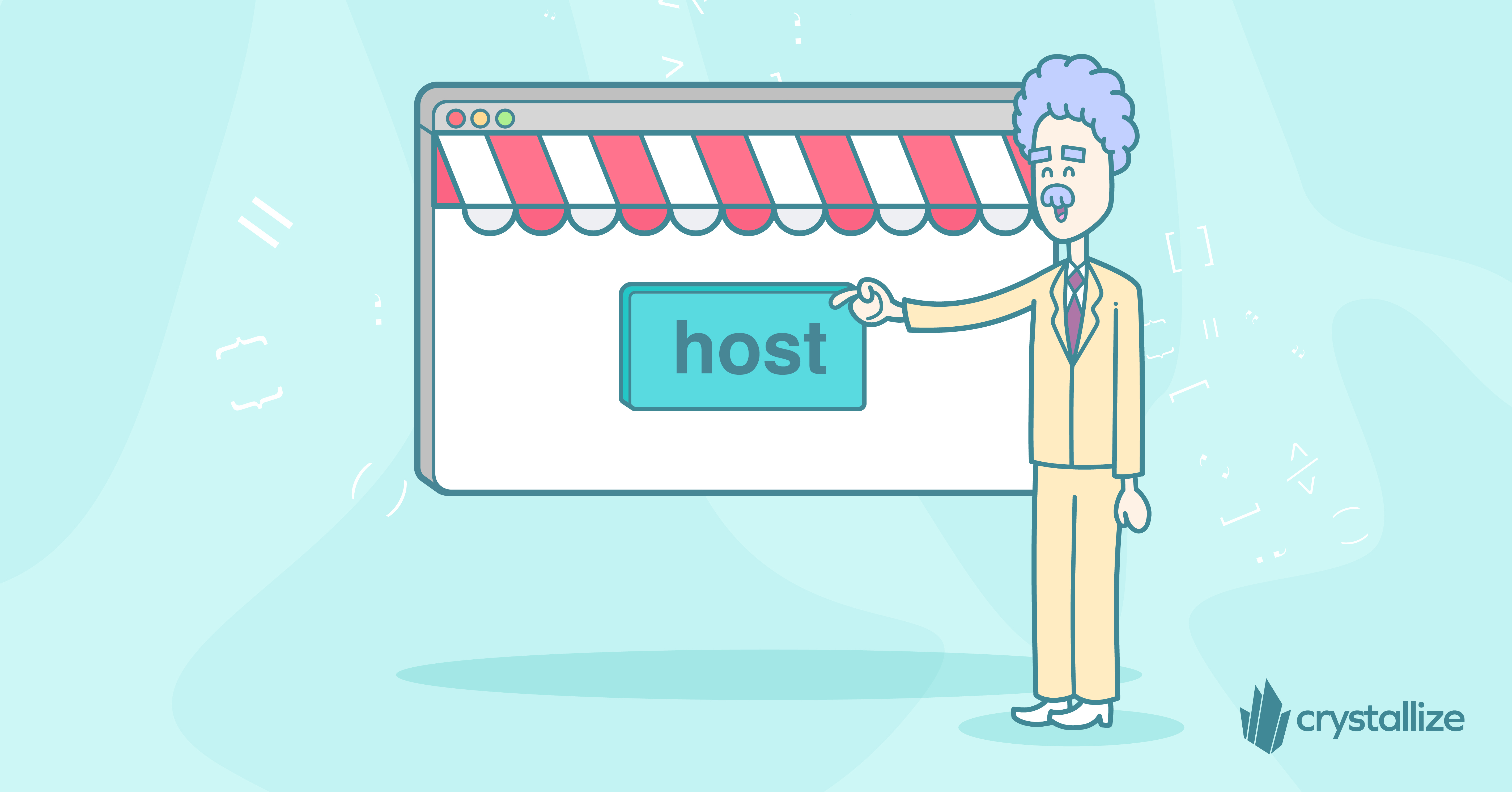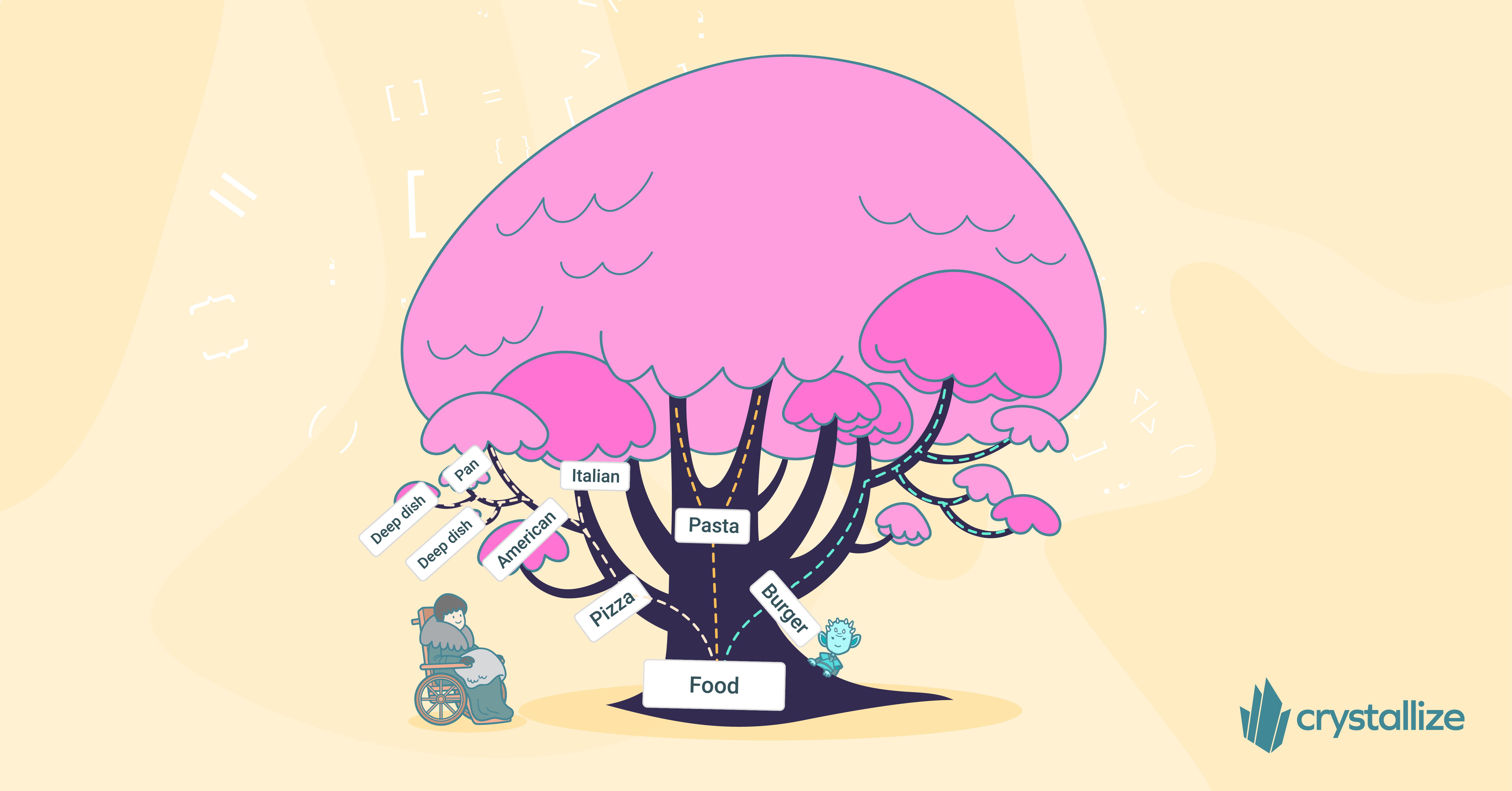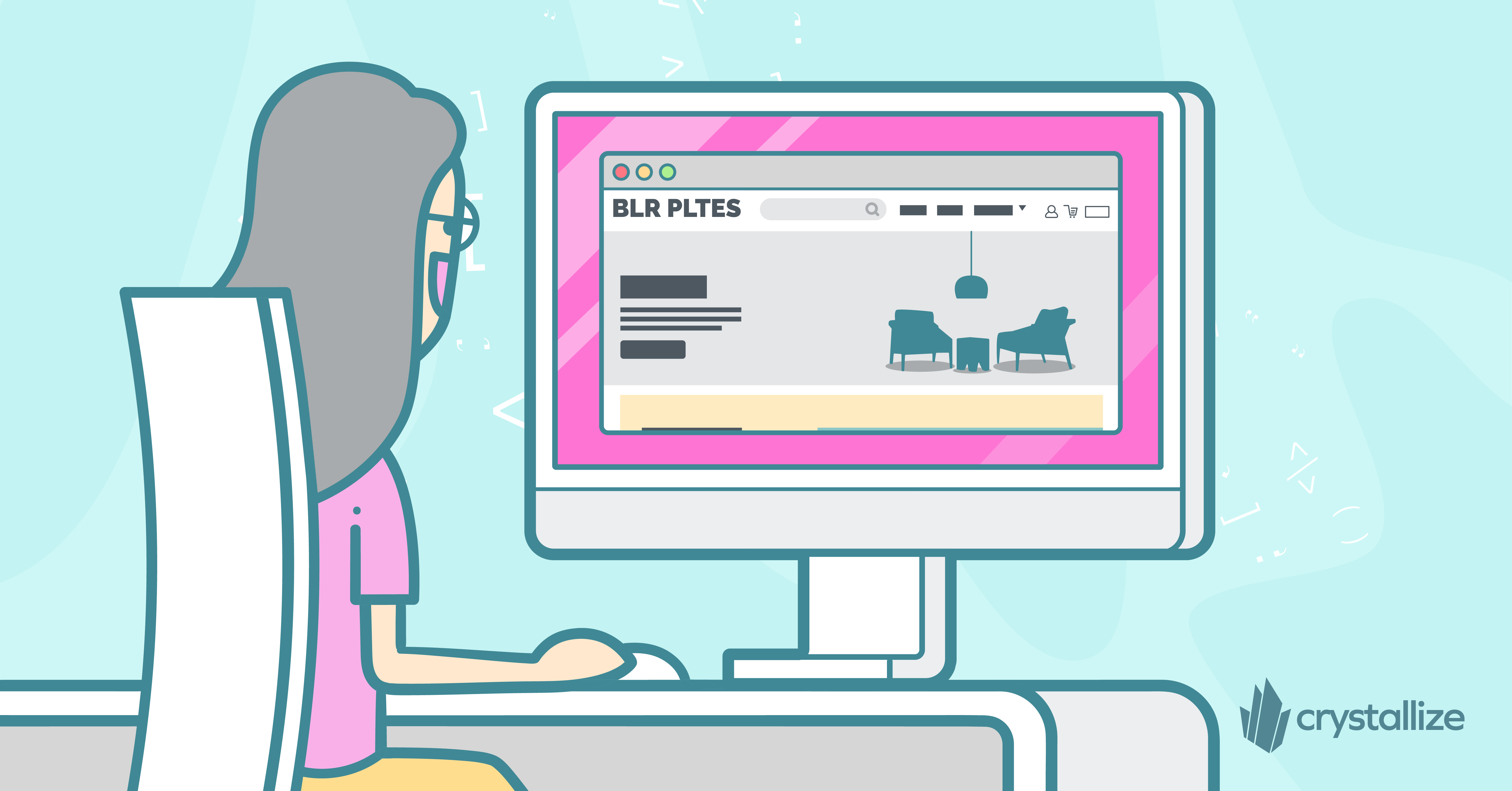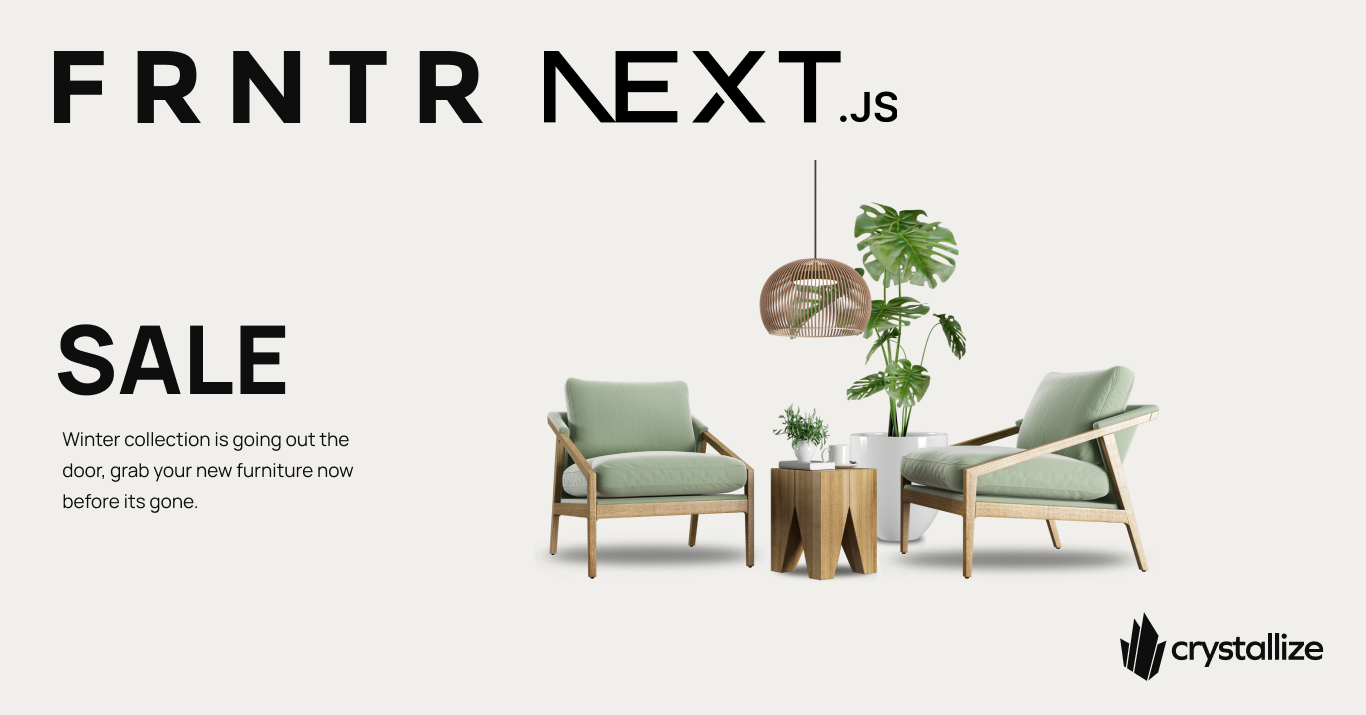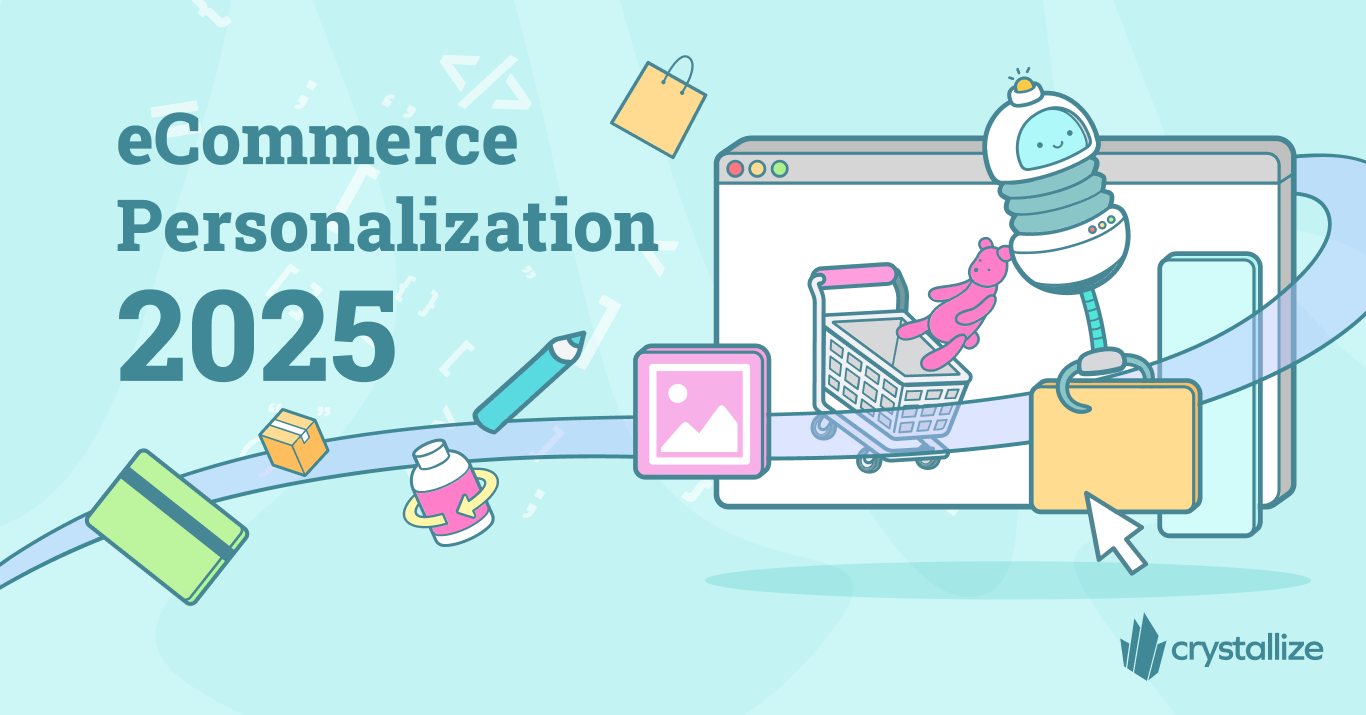Blog Posts (10)
The Future of Headless Commerce: Trends and Innovations
It’s smart to know where eCommerce is now. It’s even smarter to know where eCommerce is headed in the future. If you invest time and effort in the right things, such moves may pay off later through higher profits and a large, loyal customer base.
With Crystallize as your backend, it’ll be easy–and fun–to keep up with the latest trends.
Where To Host Your eCommerce Frontend?
Imagine trying to grow a garden with poor soil and no water. Even if you’re starting with the finest seeds, you won’t get anywhere. Similarly, the hosting environment you choose for your application will have a huge impact on how successfully your eCommerce application launches, performs, and scales over time. You need a platform that’s as fast, reliable, and affordable as possible.
So, which of those millions of platforms out there is the best one for you?
Best Headless CMS for E-Commerce: Comparison Guide
By decoupling content management from the front-end storefront, a headless CMS allows businesses to present content anywhere and adapt quickly to new trends.
We’ve talked about the headless approach (be it in commerce, product information management, or rich content management) numerous times. Today, however, we’ll dive deep into what a headless CMS is and why it’s valuable for e-commerce and talk about some of the best headless CMSs available for e-commerce platforms.
We’ll examine the strengths and weaknesses of the leading options—Contentful, Storyblok, WordPress (used headlessly), Strapi, and Prismic—and then introduce how Crystallize offers a unique approach by blending content and commerce in one solution.
Our goal is to help developers and decision-makers understand which CMS might be the right fit for their e-commerce needs while highlighting the advantages of an integrated content-and-commerce platform.
What Does A Developer Need To Do To Get Started With Crystallize?
So you want to get started with headless eCommerce, and Crystallize in particular? It’s easier than you may think! We’ll talk you through getting your entire tech stack in order so you can hit the ground running.
Topic Maps 101
Everyone’s seen topic maps everywhere, from teachers’ blackboards to their favorite apps. They seem intuitive and self-evident, like they must’ve been around forever, but the truth is, they haven’t.
Unlike spreadsheets, which have been around for thousands of years (maybe that’s why everyone loves Excel so much!), topic maps have only been around since the 1990s. We’ll go into what they are, what they can do, and how you can make the most of the topic map implementation offered within Crystallize.
Next.js Starter Install Experience: Part 2
Welcome back! In my last post, I showed how easy it was to install Crystallize’s open-source NextJS retail eCommerce boilerplate even though my programming days are some years behind me. The boilerplate is now deployed locally on my machine, pointing to my own custom tenant populated with demo data. Right off the bat, it’s got all these products, beautiful design elements, assets, and multiple payment integrations built in. Awesome!
GraphQL for eCommerce: Benefits, Use Cases, and Best Practices
Let's dive into GraphQL, especially how it rocks in e-commerce and why it might be better than REST. We'll see why online stores love it, check out Crystallize as a cool example, and even chat about how to make it work for you. We'll also keep it real about where GraphQL might fall short.
By the end, you'll get why everyone's hyped about GraphQL for today's headless commerce and if it's a fit for your business.
Hands On Experience: How to Build an eCommerce Store with Next.js?
But first, a background story to give you context. I didn't take the path most Computer Science students take once they graduate. At some point during my college career, while coding my brains out in Java, C++, and assembly, I decided that being a full-time developer was not for me.
To be fair, I hadn't known what to do with myself even before college. I’d always liked writing, but you couldn’t get paid for that. (Right?)
As the Internet became more popular, I’ve enjoyed building homemade websites in HTML+CSS, learned a great deal about how to use search engines, connected with people worldwide, and even bought books and Star Trek memorabilia off eBay.
Therefore, the elders in my life had nudged me toward Computer Science, saying I’d be sure to make a lot of money once I graduated. I’d started with programming classes in high school, then continued with that path into college. And while I kept up with my coursework, I was never all that into coding for coding’s sake. It wasn’t something I itched to do in or out of the classroom.
As a result, my career path has been colorful: tech support, technical training, business analysis, and project management. I once had a job helping developers who used my company’s SaaS and APIs to get up and running and troubleshoot their programming issues. But by far, my favorite thing to do has always been technical writing and documentation. I enjoyed writing articles for the company website, for the knowledge base, you name it.
It turned out I could get paid for writing. Who would’ve thunk it?
I like writing so much that I’ve done a fair bit of it outside work as well. It’s been mostly for myself and my own fun, but I was able to get some work self-published under a pen name.
Now I’m doing technical writing full-time. Although I enjoy every second of it and wouldn’t want things any other way, there’s no denying that my technical side has atrophied a bit. It's super-hard for a full-time developer to keep up with all the latest technological trends, never mind someone who isn’t constantly immersed in it.
So, every once in a while, I like to dip my toes back into that water to learn what’s going on. It helps me to write better documentation when I know firsthand what’s important from the developer’s perspective.
On one occasion, I wanted to see if I could deploy one of the Crystallize boilerplates myself. And if I wanted to later on, I could eventually customize the boilerplate to sell my short stories and novels without having to rely on the big A or the big G.
What follows is a nice bit of hands-on experience. How easy or hard was it for a beginner like me to pull off?
eCommerce Personalization Practical Tips to Stay Ahead in 2025 and Beyond
Think about the nicest gift you’ve ever received. It probably wasn’t the expense that impressed you, but the amount of thought that went into it. And it almost certainly didn’t come from a stranger but rather from a person (or people) who knew you well, from your likes and dislikes to your career, hobbies, and aspirations.
Retailers are now trying to tailor their shopping experiences so that you feel like you’re visiting an old and generous friend rather than a cold behemoth that doesn’t know you from Adam. The latest tech makes this feasible, and surveys show that it works.
This is the world of eCommerce personalization. Let’s dive in for a closer look.
Monolithic Applications vs. Microservices
More and more businesses are relying on cloud-native microservice apps to increase development speed and take advantage of the cloud's scalability and availability.

